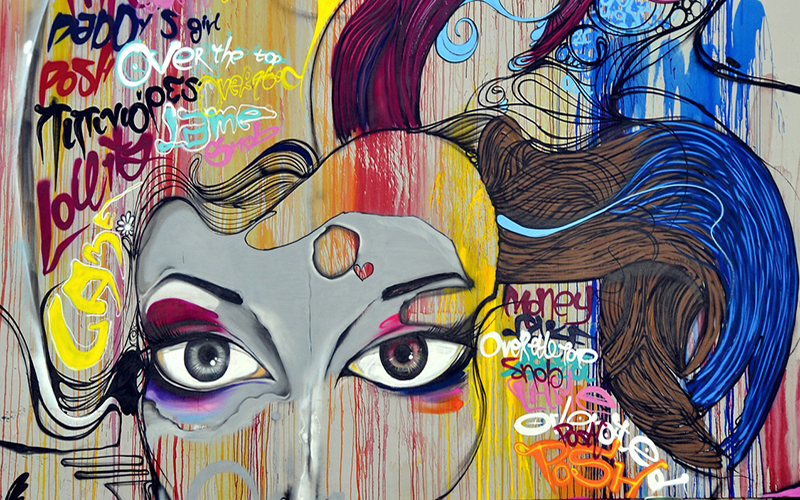
02 Oct How to License Artwork for Use on Products
So, you have a great idea for a new line of apparel or other consumer product. Congratulations! Now you need to perfect the design and create a prototype. You’ll no doubt want to develop a product that is not only useful but aesthetically pleasing. Unless you’re using your own original artwork, you’re going to need to license some to use on your products. Where do you begin?
Artwork can take a product to the next level. A plain white T-shirt is a classic fashion staple. But a great design can transform the shirt into something entirely new. The most common type of artwork licensing for your products is going to be for T-shirts, pants, or even shoes, according to EmptyEasel. Clothing and fashion are the most visible type of artwork, so you’ll want to make sure you get the appropriate license for the product to avoid any lawsuits.
You might also choose to license artwork for anything from a boogie board to a greeting card. You can agree in advance to use the artwork only on a specific product, or for future items you might add to your product line.
How Licensing Artwork Works
According to The Graphic Artists Guild, artistic licenses account for 10 percent of licensing. The primary purpose of a license is to ensure the artist receives fair compensation for the use of their design. If you’re an artist, you can surely relate!
The Guild also says that licensing artwork can take weeks, months, even years, to work out. If you need something quickly, you should look for something that might be easy to secure. During the negotiation, designers either represent themselves or have a representative negotiate for them. You can either arrange to pay the designer a flat fee or a set percentage of the sales as royalties.
According to the Art Law Journal, the Visual Artists Rights Act of 1990 (VARA) says the creators of visual art have two sets of rights. One set of rights pertains to the prevention of distorting the original artwork. The other pertains to the prevention of destruction of the work of art. For work created after 1990, VARA protection remains in place until the artist dies. If the work was created before 1990, copyright protection remains on the work of art until the date of the artist’s death, plus 70 years. VARA allows the artist to be the only one to hold the copyright to the artwork. It also allows artists to claim or deny ownership of their artwork should the licensor display their artwork outside of the originally agreed upon usage.
Once the license is in place, you have the designer’s permission to use their designs in your products. However, it’s essential that you stick to the terms to protect yourself and your organization from potential legal action. Unless your agreement states that changes can be made to the artwork, there should be no variations to your licensed artwork by the company licensing your artwork.
For Artists Who Wants to Make Their Work Available
Let’s say you’re an artist who wants to make your work available for businesses to use. Start with some research. There are plenty of websites that help artists determine what the best companies and organizations are to license artwork through. You can also find tips from other artists about what worked best for them when negotiating their licensing agreement.
You should also know the market you want to target. Know your goals before you go into a pitch meeting. And, most importantly, make sure your designs line up with the company that you’re pitching to. Nothing tanks an agreement faster than artwork not matching a company’s vision. Show the company why your designs can work with their products. Consider decide how often you’ll continue to present designs to the company.
From there, you’re done, right? Not so fast. There’s still plenty that needs to go into the licensing agreement. Get in touch with the company after a few weeks if you haven’t heard anything from them. Don’t let them forget you. And if they’re interested in using your artwork, they’ll be sure to keep in contact. From there, show any contracts to your lawyer or representative so everything is fair and you’re no unintentionally giving up everything related to your artwork.
When considering what artwork to use for your products, remember that the license is going to help keep the designer afloat and sell your product. It may seem daunting at first, but once you become more familiar with the process, negotiating license agreements becomes easy and helps you forge working relationships with designers.
IMAGE: Pixabay / CC0 Public Domain




No Comments